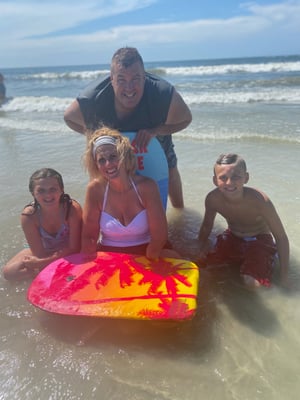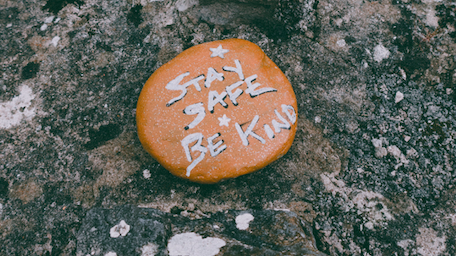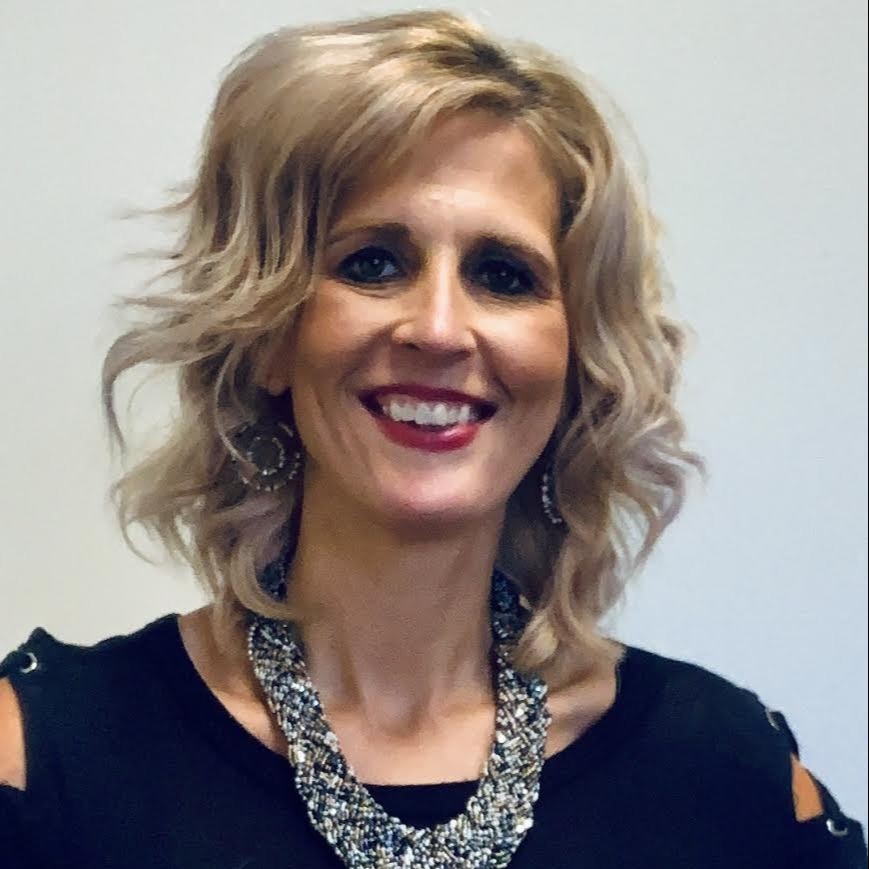I never thought going to the beach would be a place where I would learn so much about accessibility and acceptance. But that is exactly what happened.
Last year, I became a quadruple amputee. This year, I rolled down to the ocean, smiling from ear to ear, thankful for the accessible options available. It is situations like this that make me realize how important it is to provide the options that all learners need so they can be included and can feel like they belong. This needs to be true both in and out of the classroom.
We planned our trip the UDL way - always looking for the flexible options we needed. For example, we rented a home with an elevator that was accessible to all levels including to the pool deck where I was able to swim and enjoy time with my family. Additionally, we rented a beach wheelchair that gave me easy access to the beach. By pre-planning and preparing, we were able to eliminate barriers and enjoy time as a family. This affirmed the importance of designing with variability in mind.
Because barriers were removed, and because the options I needed were provided, other people saw that I belonged there and it is my hope that it helped them to build empathy. I had access to the beach because someone predicted that mobility on the sand could be a barrier and they created a pathway to eliminate that barrier. We need to predict barriers that our students may face, but we can't stop there. As we get to know our students throughout the year, we must become aware of things that we can do to remove barriers so they feel as though they can truly belong, while increasing empathy within our classroom.
When we remove barriers, we create more inclusive classrooms so that all students have the opportunity to learn a grade-level curriculum. When our students are given the chance to learn amongst their peers regardless of their ability or disability, all students learn and build empathy.
Just like my family did for me on the beach, teachers need to ensure that they are creating a safe space for learners by removing threats and barriers to student learning. In doing so, teachers can ensure that the classroom environment has been set up so that it is accepting of all learners. For example, students may find it more beneficial to use talk-to-text options when completing a task for assignment. The learning environment should allow for this option by giving students a quiet place to complete their tasks while ensuring they are meeting the expectations of the assignment and showing mastery of the standard.
Fully inclusive classrooms allow for our students to learn together and to develop a greater understanding of each other. Therefore, we must continue to remove barriers by making our classrooms as accessible as possible through options and various representations that show mastery of their learning while building behaviors that go beyond the classroom to create a more inclusive world for all.
 As this school year begins, and we are learning to adapt from survival mode to thriving, we must be aware of barriers and provide pathways, tools, and options to eliminate them. As educators, we must see this as an opportunity to do better to serve all of our students in a hope that they are more flexible and more confident when they exit our classroom.
As this school year begins, and we are learning to adapt from survival mode to thriving, we must be aware of barriers and provide pathways, tools, and options to eliminate them. As educators, we must see this as an opportunity to do better to serve all of our students in a hope that they are more flexible and more confident when they exit our classroom.
To end this story, I want to share an anecdote about the power of inclusion. During our time at the beach, we became friends with a family that was sitting near us each day and was also from the great state of Ohio. At first, they watched in awe as I maneuvered my way down the beach sometimes in the wheelchair and sometimes by walking with my volleyball knee pads. Eventually, our conversations became more frequent and their grandchildren began to ask questions about my amputations and how I was able to move so well in the water. I was so happy that they felt comfortable enough to ask me these questions. Children are resilient and are a sponge of knowledge just waiting to learn and experience more that life has to offer. When we expose them to differences, they build empathy and they also learn how to maneuver through their own challenges they face in everyday life.



